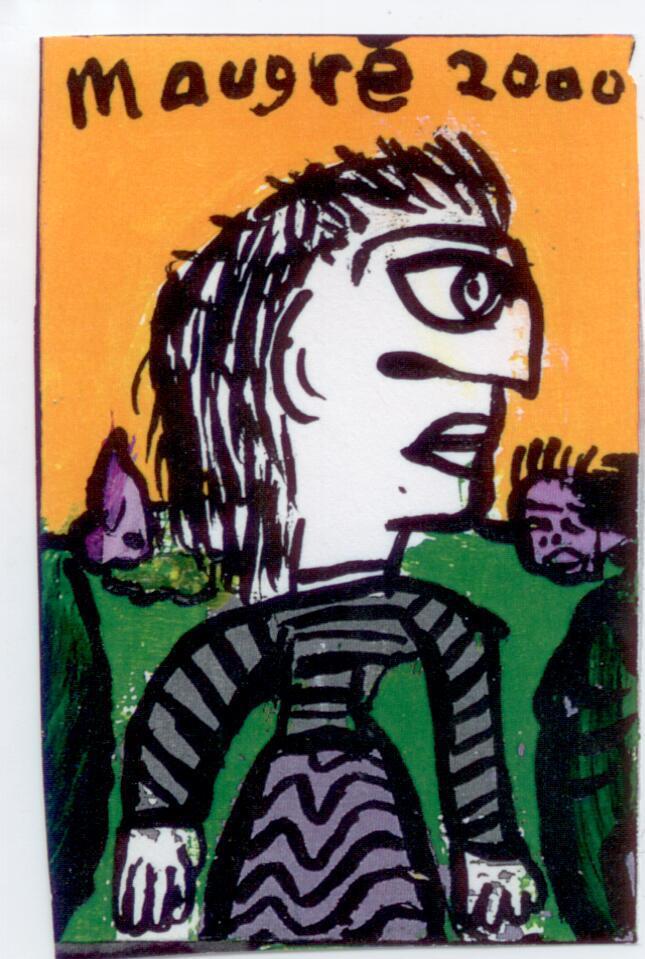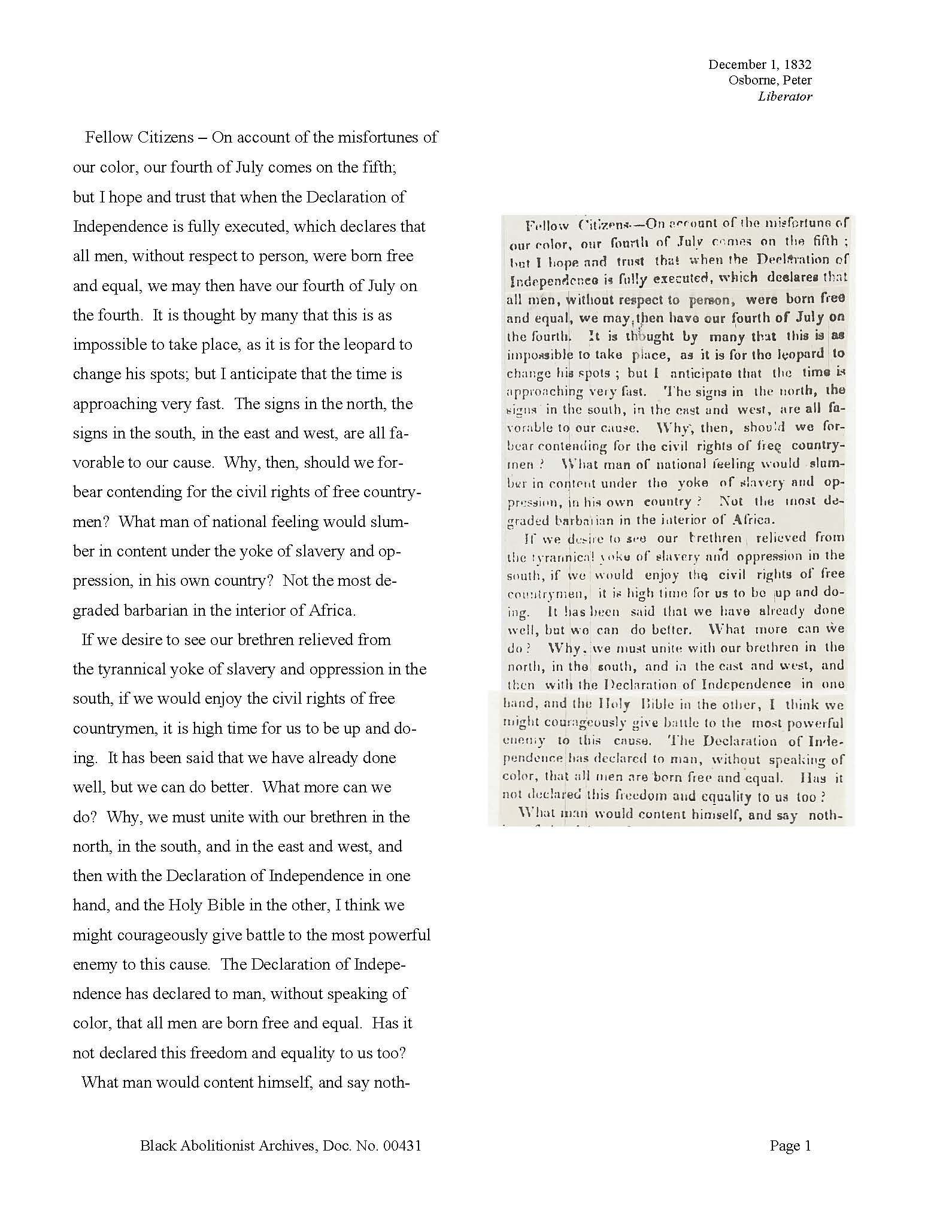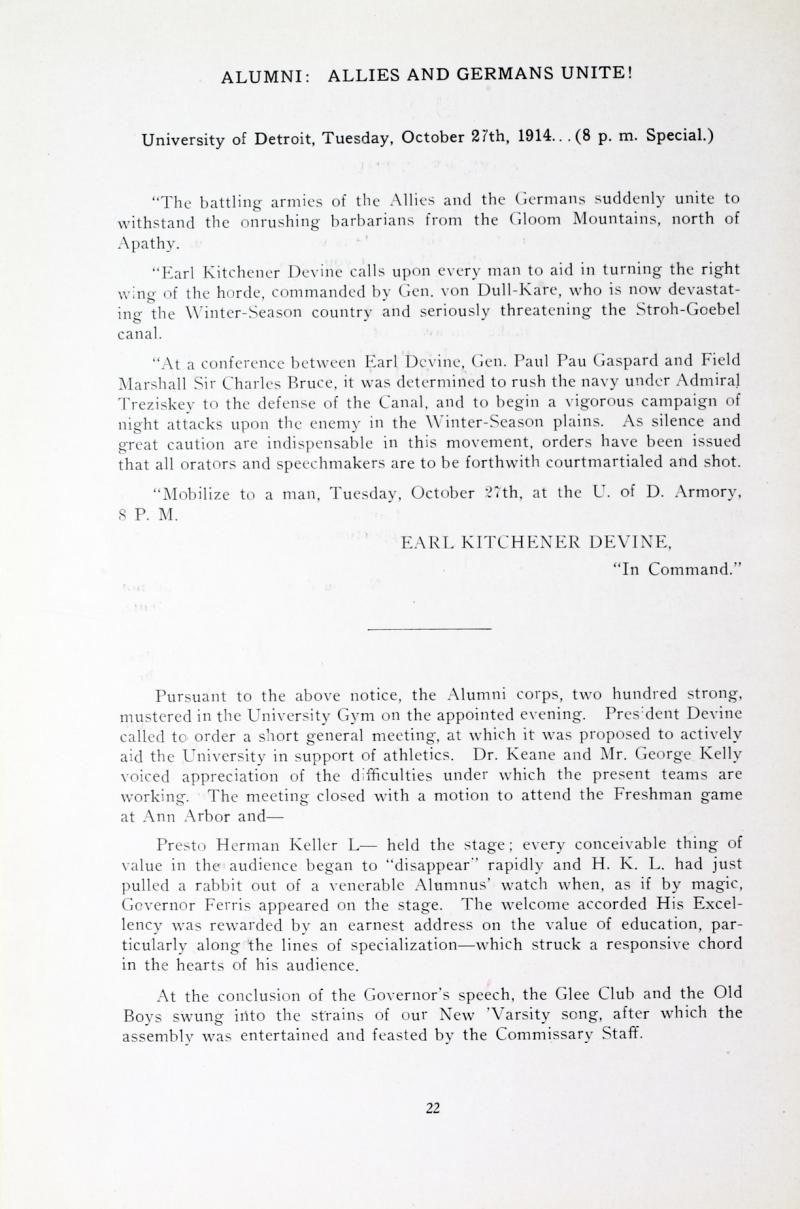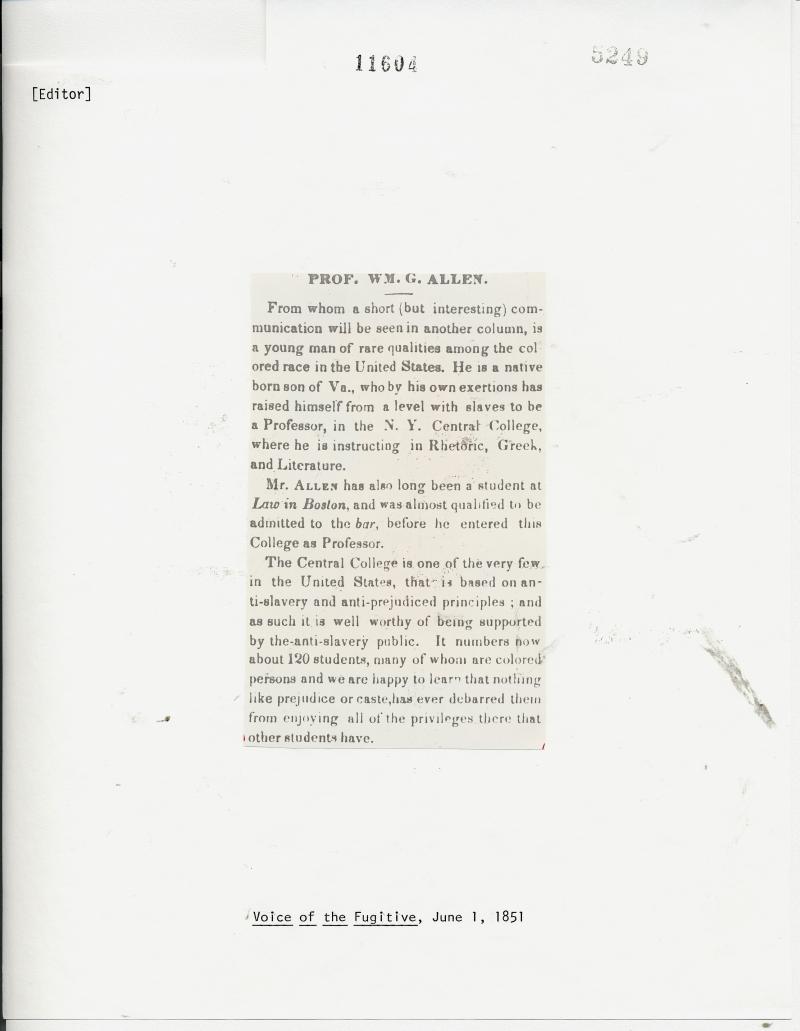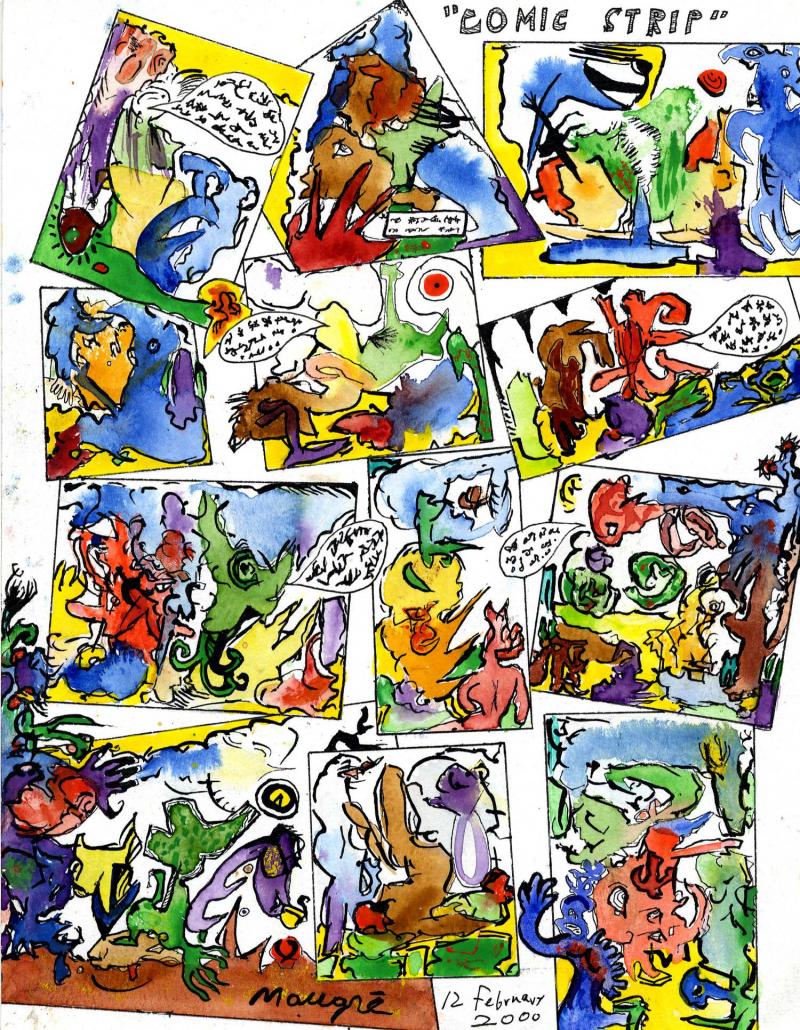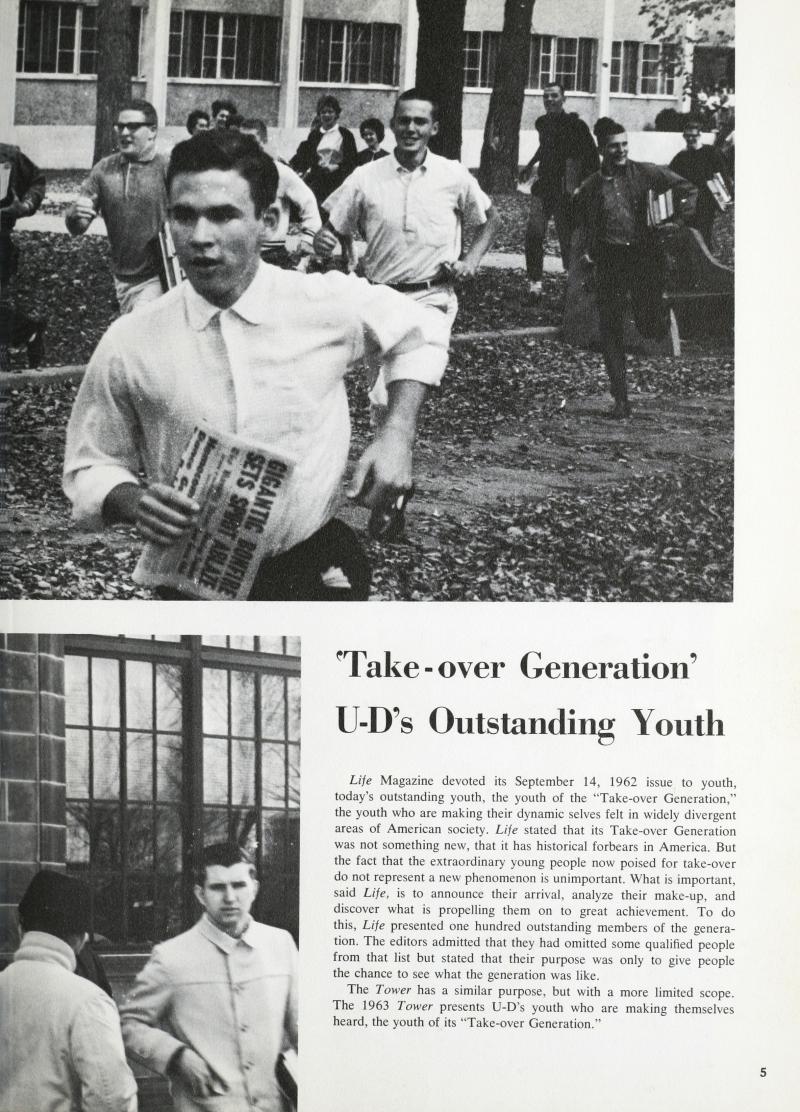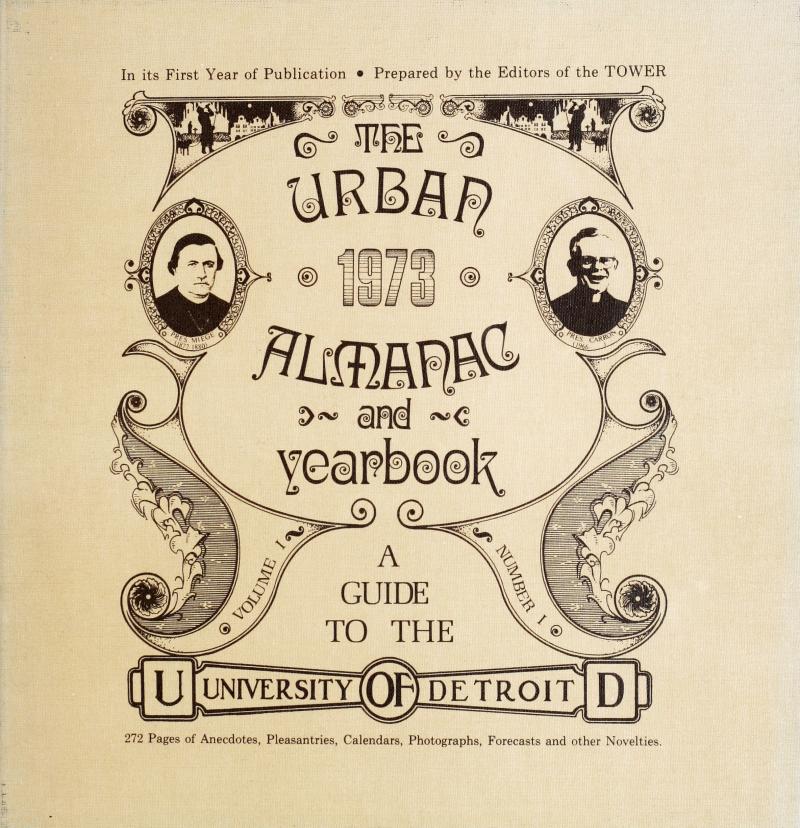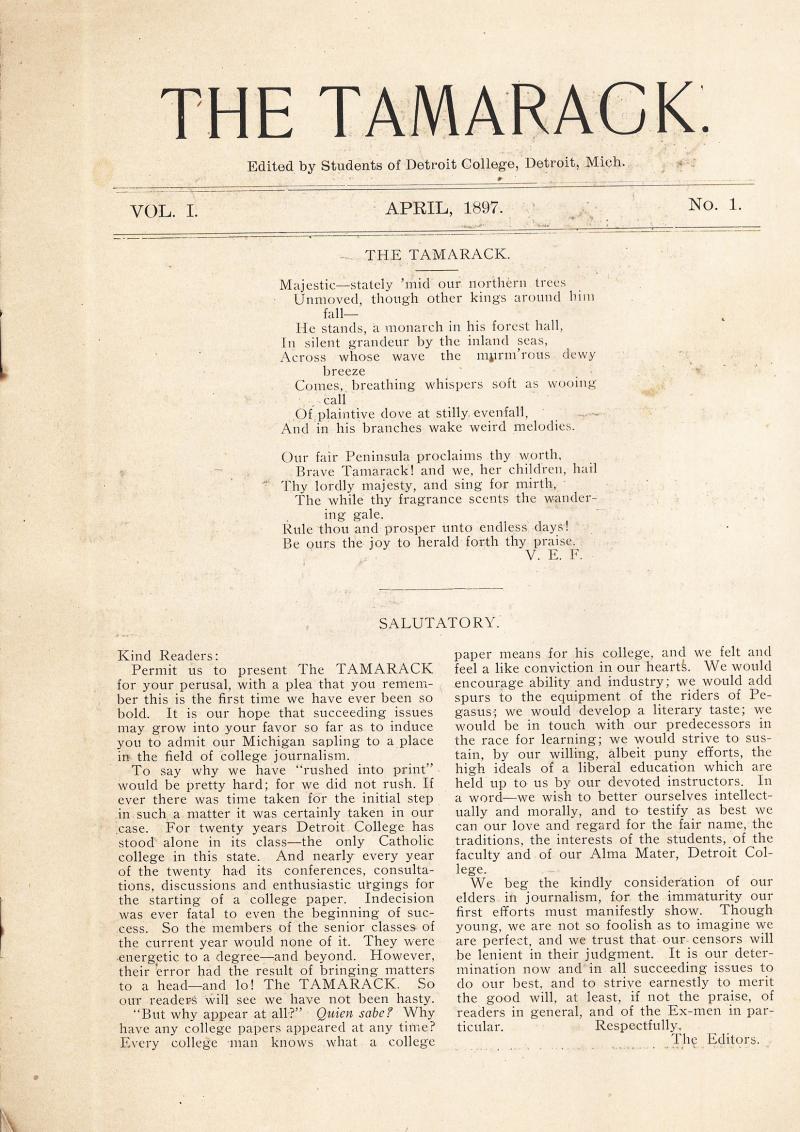Magnets, Pins, and Colors
“The job of art is to turn time into things.” (Robert Genn)
Summer is my favorite time of year! I’m a “summer” person! Oh, the other seasons are nice and all. Each has its own unique expression. But, for me, you can’t beat the full complement of experience packed into a perfect summer day. For me, summer is a special type of color that seems to stretch from June to August. And summer days are filled with a seemingly endless array of shapes that hold those colors.
Maurice Greenia, Jr. has found a way to capture those colorful shapes and fashion them into wearable art. And he does this a lot! His overall archive is a treasure house of images that offer a unique way to spend a summer day, and the Magnets and Pins collection is the perfect place to start.
Maurice’s Magnet and Pin Collection is especially intriguing. There are currently 294 images in this interesting collection waiting for your visit. Each one is a unique expression, each is titled, and each is signed. I would challenge you to find two alike!
In the introduction to this collection, we discover that,
“Maurice Greenia, Jr. painted several hundred miniatures on magnets and pins. He’d take discarded political buttons or refrigerator magnets, and coat them with white gesso so the paint would stick better and not flake off.
Like his larger paintings, these would go in many directions, pictorially. Some depict people or animals; others are more abstract. Some have bright colors; others are muted or monochromatic.
Maurice views these as means of getting his work out to the audience in a more affordable format: People enjoy wearing the painted pins, including the artist himself.”
Spending time in the Magnet and Pins collection of the Maurice Greenia, Jr. archive is a great way to lose yourself in colorful images.
“Creativity occurs in the moment, and in the moment we are timeless.” (Julia Cameron)
